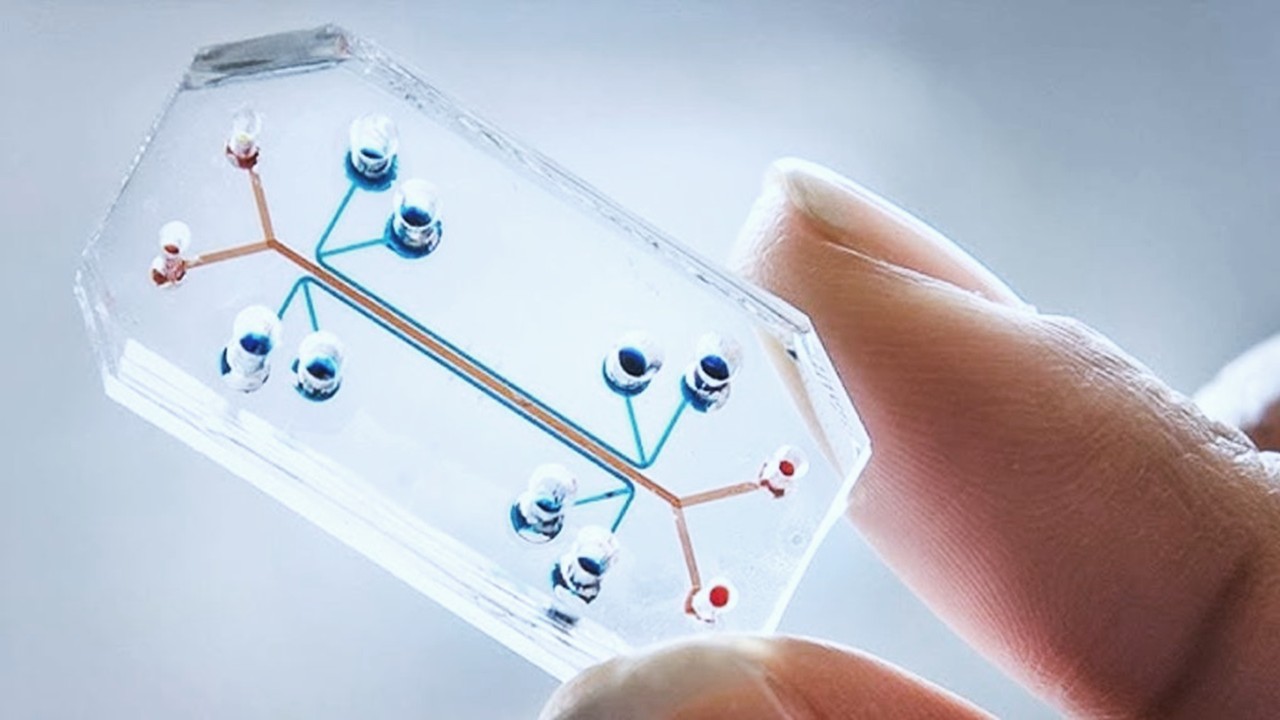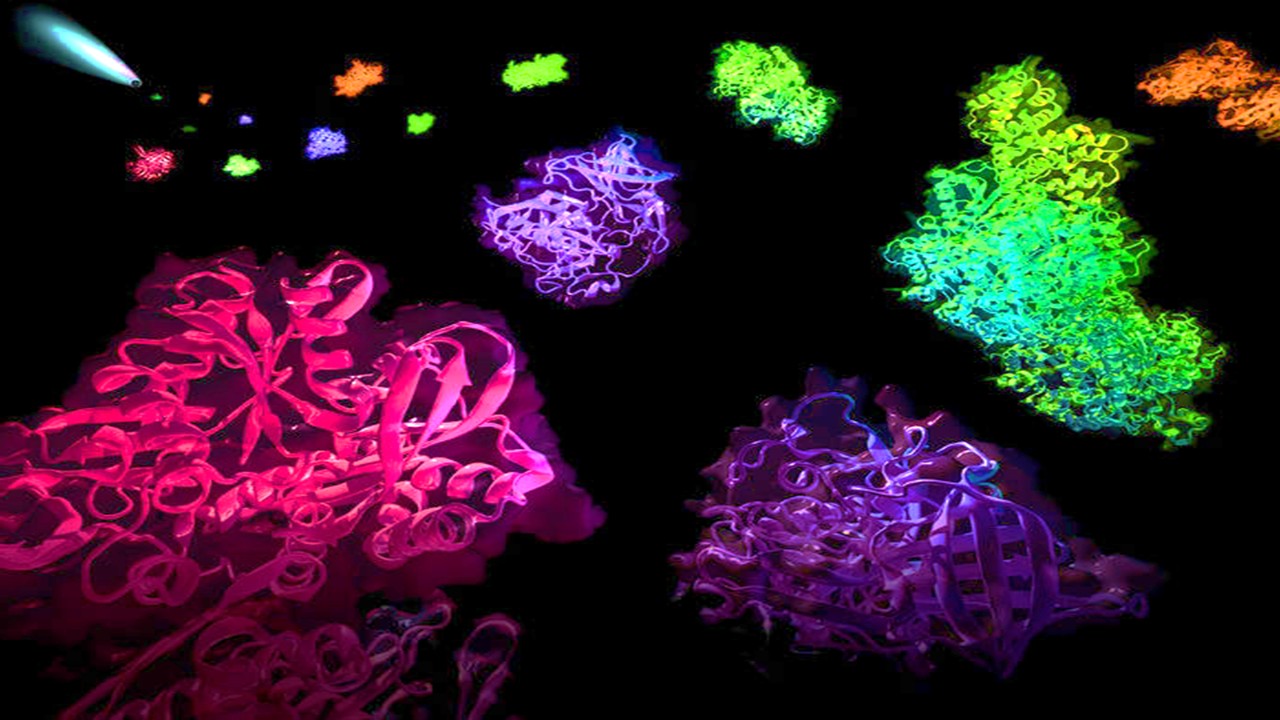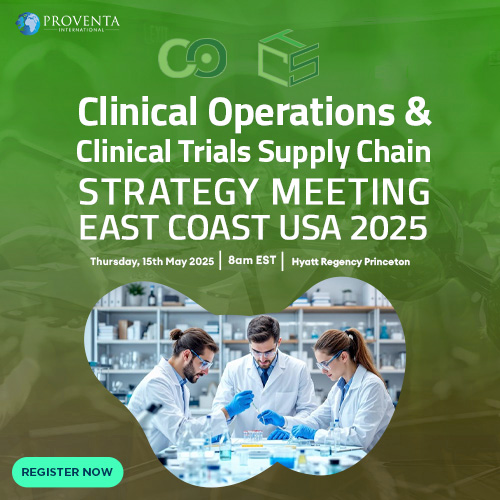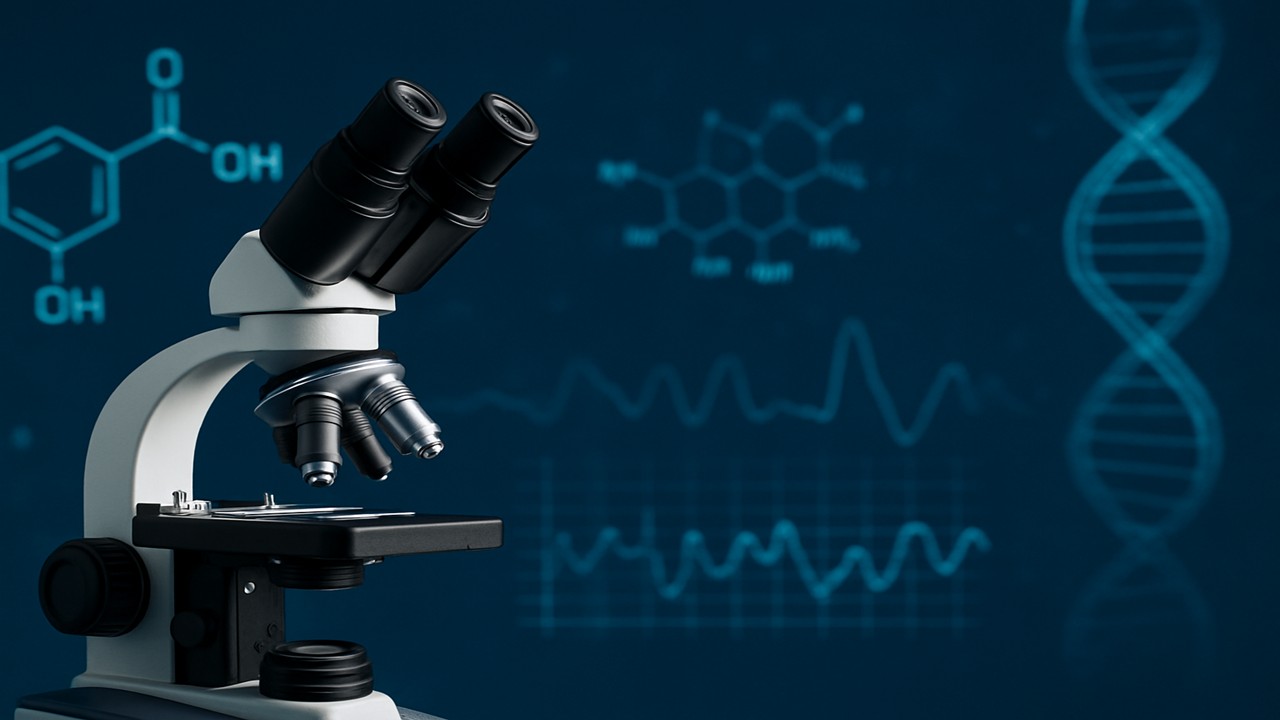Utilizing the proteasomal and lysosomal pathways, targeted protein degradation (TPD) emerges as an innovative tool for investigating cellular pathways and a highly promising therapeutic approach. The inception of the TPD concept dates back to 1999, and numerous TPD strategies, including PROTACs, molecular glues, degradation tags (dTAGs), trim away, and specific non-genetic inhibitors of apoptosis protein-dependent protein erosive agents (SNIPERs), predominantly leverage the ubiquitin-proteasome system (UPS) to target intracellular proteins. However, lysosome-dependent TPD strategies offer the capability to degrade a broader spectrum of substrates, encompassing membrane proteins, extracellular proteins, and protein aggregates, thereby significantly expanding the scope of potential therapeutic targets.
MG Degraders and PROTACs
Proteins play a pivotal role in maintaining cellular functions, and disrupting specific proteins can be key to treating various diseases. In recent years, the emergence of targeted protein degradation modalities has revolutionized drug discovery. Among these, MG (molecular glue) degraders and PROTACs (proteolysis-targeting chimeras) stand out as major players, co-opting E3 ligases to induce protein degradation through the ubiquitin-proteasome pathway.
From Thalidomide to Modern MG Degraders
The journey of MG degraders dates back to thalidomide, infamous for the Contergan scandal in the 1950s. Thalidomide’s role as a proximity-based medicine, inducing protein degradation, was only fully understood in 2014. Subsequent derivatives, pomalidomide, and lenalidomide, collectively known as immunomodulatory drugs, demonstrated efficacy against hematological malignancies. Other MG degraders, such as indisulam and E7820, are paving the way in clinical trials, showcasing the diversity of this modality.
The Intricacies of MG Degrader Discovery
Discovering novel MG degraders presents a challenge, given their reliance on protein–protein interactions (PPI) and the elusive nature of these interactions. Armed with artificial intelligence and deep neural networks, pharmaceutical companies are actively delving into this field. While historically MG degraders were discovered serendipitously, a shift towards intentional development is on the horizon, driven by advanced assays and technologies. Novel computational and experimental methods are expected to unveil new MG degraders by elucidating and validating protein–protein interaction pairs.
PROTACs: Revolutionizing Targeted Protein Degradation
In targeted protein degradation, PROTACs have emerged as versatile and modular molecules, designed to induce degradation by tethering a target-binding ligand with an E3 ligand through a linker. Their remarkable success, with around 25 PROTAC degraders in clinical trials, is attributed to their ability to catalytically knock down target proteins while reducing on-target and off-target toxicity.
Challenges in PROTAC Development
Despite their success, designing PROTACs remains an empirical trial-and-error process. Challenges include expanding beyond druggable targets, diversifying the E3 ligase landscape, exploring chemical space efficiently, designing cooperative PROTACs, and addressing ADME and PK/PD challenges. The quest for the next generation of clinical-stage PROTACs involves overcoming these hurdles and expanding the therapeutic scope beyond cancer and inflammatory diseases.
Lysosome-Based Targeted Protein Degradation
While MG and PROTAC degraders predominantly target intracellular proteins through the ubiquitin–proteasome pathway, lysosome-based degraders offer a novel approach, potentially expanding the degradable proteome.
Diverse Modalities of Lysosome-Based Degradation
Lysosome-based degraders, including AUTACs, LYTACs, PROTABs, KineTACs, and AbTACs, showcase a diverse array of strategies. AUTACs direct proteins to the autophagy pathway, while LYTACs, PROTABs, and AbTACs, derived from antibodies, offer alternative macromolecular approaches. The versatility of these modalities holds the promise of targeting extracellular proteins, transmembrane proteins, protein aggregates, and even organelles for degradation.
Challenges and Future Prospects
Despite the potential of lysosome-based degradation, challenges abound. The susceptibility of lysosome hijacking to interference with normal cellular functions raises concerns about modality-based toxicity. Understanding the exact mechanisms and kinetics of lysosome-based degradation, as well as addressing issues like antigenicity and in vivo delivery of macromolecules, are essential. Leveraging experiences from PROTAC degraders provides a roadmap for overcoming these hurdles, ensuring the continued evolution of targeted protein degradation modalities.
Looking Ahead
In the dynamic landscape of targeted protein degradation, MG degraders, PROTACs, and lysosome-based modalities collectively open new frontiers in drug discovery, offering innovative solutions to address previously untackled disease-causing proteins and expanding therapeutic possibilities. The challenges ahead necessitate a collaborative effort between researchers, pharmaceutical companies, and technological advancements to unlock the full potential of these groundbreaking modalities.
Study DOI: 10.1021/acscentsci.3c00395
Engr. Dex Marco Tiu Guibelondo, B.Sc. Pharm, R.Ph., B.Sc. CpE
Editor-in-Chief, PharmaFEATURES

Subscribe
to get our
LATEST NEWS
Related Posts

Medicinal Chemistry & Pharmacology
Invisible Couriers: How Lab-on-Chip Technologies Are Rewriting the Future of Disease Diagnosis
The shift from benchtop Western blots to on-chip, real-time protein detection represents more than just technical progress—it is a shift in epistemology.

Medicinal Chemistry & Pharmacology
Designing Better Sugar Stoppers: Engineering Selective α-Glucosidase Inhibitors via Fragment-Based Dynamic Chemistry
One of the most pressing challenges in anti-diabetic therapy is reducing the unpleasant and often debilitating gastrointestinal side effects that accompany α-amylase inhibition.

Medicinal Chemistry & Pharmacology
Into the Genomic Unknown: The Hunt for Drug Targets in the Human Proteome’s Blind Spots
The proteomic darkness is not empty. It is rich with uncharacterized function, latent therapeutic potential, and untapped biological narratives.

Medicinal Chemistry & Pharmacology
Aerogel Pharmaceutics Reimagined: How Chitosan-Based Aerogels and Hybrid Computational Models Are Reshaping Nasal Drug Delivery Systems
Simulating with precision and formulating with insight, the future of pharmacology becomes not just predictive but programmable, one cell at a time.











